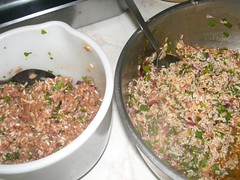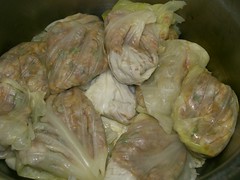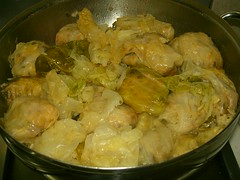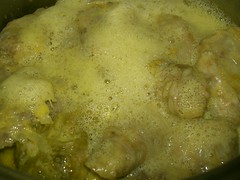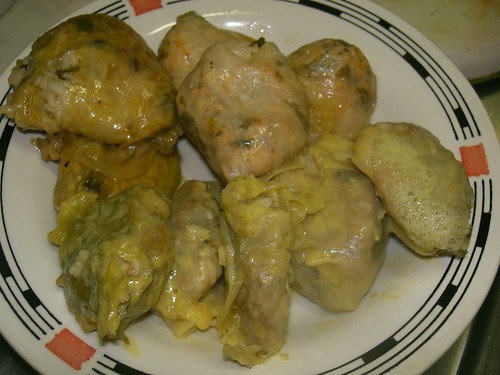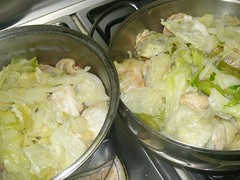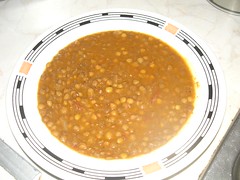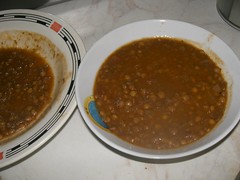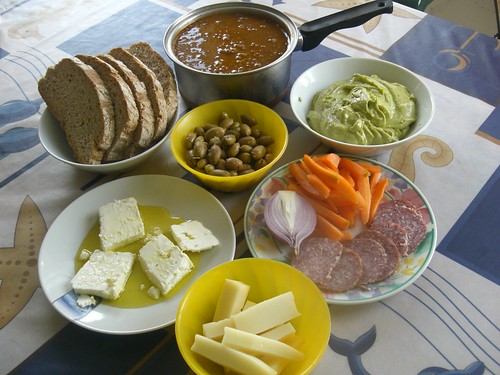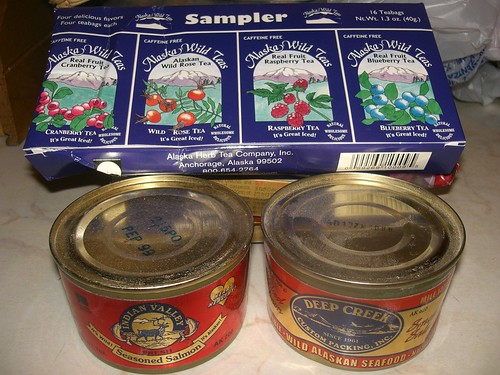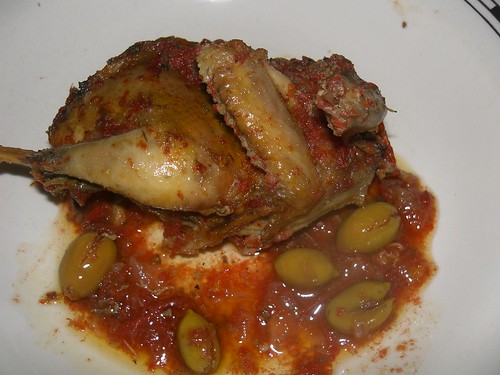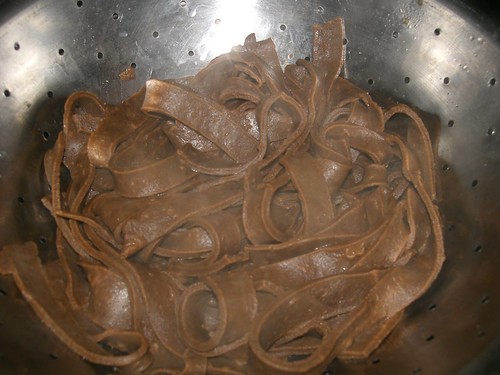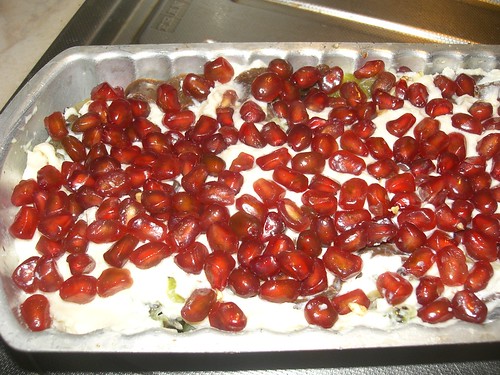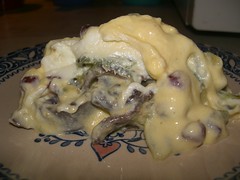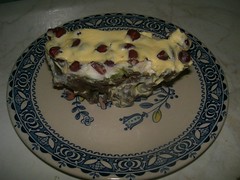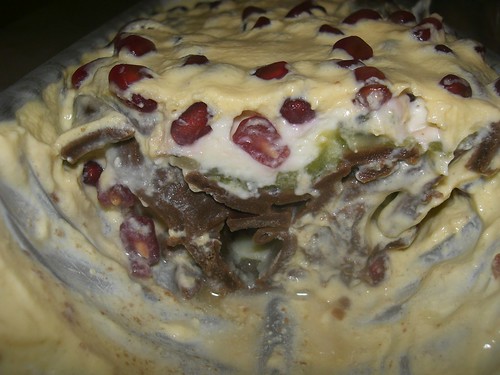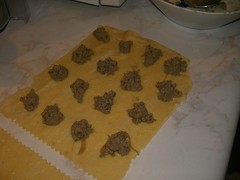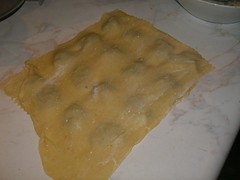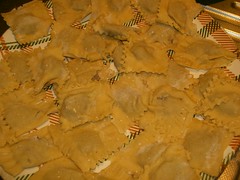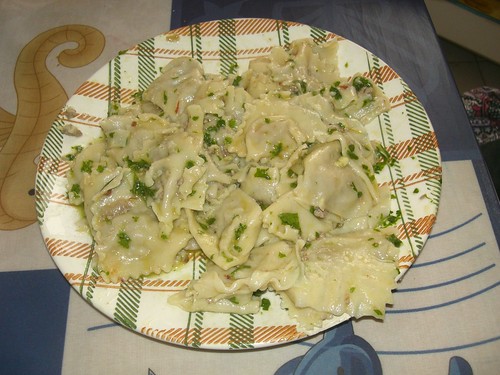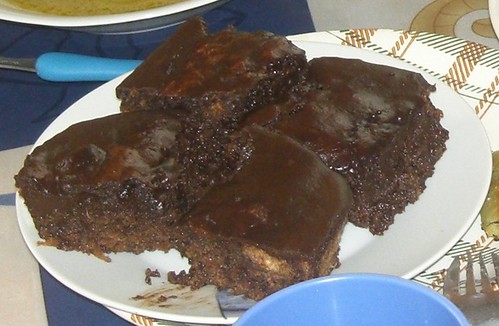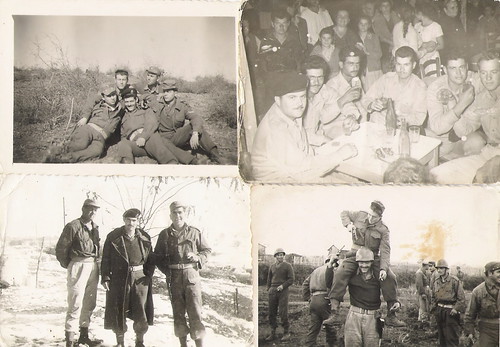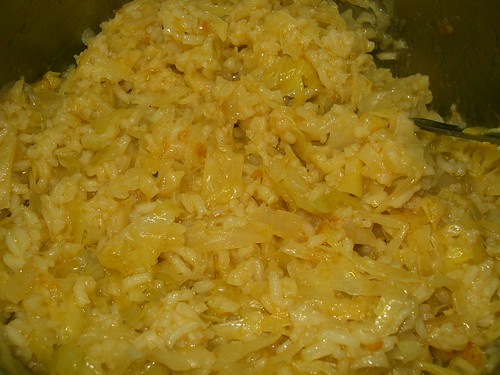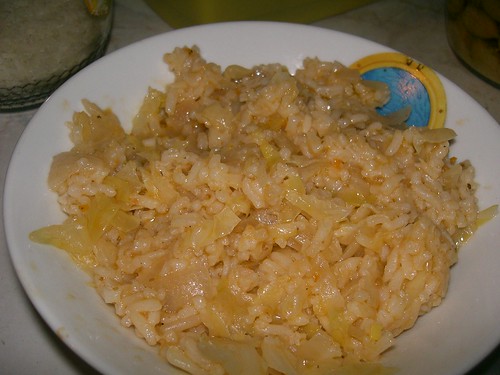For her birthday, she wanted to cook something special. Not a madeira cake with a lemon icing (too boring), not one of those cakes that requires special baking tins and strange ingredients, usually needing more effort than the time needed to scoff it down once it was cut and served (a waste of time), just something that would wow those around her and make them think that she was an amazing cook, even though she knew deep down that she hated being in the kitchen, because that's where she always seemed to be most of the time. If she wasn't cooking in it, she was cleaning vegetables, preparing school lunches, setting the table, clearing the table, sweeping the floor, cleaning out the deep freeze, wiping down the worktop.
She wished she could spend more time outdoors walking by the sea, with no particular destination in mind, just walking aimlessly for the sake of walking. It suited her to pretend that this was a good form of exercise, as it was the only exercise she took, and only occasionally, when there were leftovers and there wasn't any shopping to be done, and she had a day off from work and the children had no after-hours activities, and she couldn't be bothered doing the ironing because no one seemed to notice anyway. She loved walking in the rain most of all, as long as her hands were free and she could tuck them into her pockets. All her clothes had at least one pocket to keep her housekey safe. But she didn't like the wind; it was too disrupting, and didn't let her think, which she did a lot of when she walking. And she didn't like the waves crashing over the barrier on a windy day - she had a phobia of being swept into the sea, and she couldn't swim.
As she drove her children to their after-school activities, she thought about who would be present at her birthday, and what she would cook for them on that day. Driving soothed her soul and, more importantly, it cleared her mind. Every day, she drove the same distances, to the same places, on the same roads. Her driving skills were routine:
avoid this road during morning peak hour, that road's got a hole in it at exactly the point where the road narrows, drive slowly past the olive field where the gypsies park their vans and do their washing; behind the wheel, she was on automatic pilot, and could mull over to herself about the decisions she needed to make for that day while she was in the driver's seat.
Mush as she despised the kitchen, she didn't hate cooking. She just hated cooking the same food over and over again -
bean soup Monday, mince on Tuesday, rice on Wednesday, leftovers Thursday, pasta Friday, what-the-heck Saturday, Sunday roast - and hearing the usual complaints -
stew's too watery, soup's too stewy, not enough salt, what's that green thing, you know I hate coriander. A colleague at work claimed she often cooked sushi, while another insisted that everyone loved whatever she cooked and no one complained. She reasoned that once the children grew up a little, they might be willing to try out new tastes, but every once in a while when she didn't use the mouli and chopped the onions with a knife instead, and added them to the
fakes, no matter how thinly she sliced them, her son would refuse to begin eating until he had picked them all out of his bowl.
Still, she could manage to cook up a feast when she needed to. Every year, at Christmas and Easter, the extended family got together at her house. In a sense, they had to because they would all come over from Athens, and they were staying either in underfurnished village houses that they used as summer cottages or at hotels. On the feast day itself, they had to go to someone's house; eating out at a restaurant on a feast day would make them feel like orphans. So she started cooking two days before the big day, preparing and freezing
kalitsounia, baking sweets, shopping for the best quality. On the day itself, she would get up early and start cooking everything, according to the master plan, which she had magnetted onto the fridge door, and ticked off the items on the list as she finished each task. By the time the guests arrived, everything was ready. Her sister-in-law was always surprised that the table had already been set by the time she arrived.
She wished she could take out a group of friends to a restaurant on her birthday. It wasn't a question of money; she could easily afford it. The trouble was she didn't have anyone to take out to a restaurant except her family, and for many reasons (the most important one for her being having to dress up the children), it was much easier to stay at home and cook a meal rather than go out. It was also healthier, and everyone could curl up onto a sofa afterwards and watch TV, doze off, or, in her case, read a good book, which she could only do while lying down, and there was little chance of that during the day. She knew many people from work, but very few knew her. Her colleagues always asked her how her family was; they would never ask her about her friends, because she didn't seem to have any. It isn't possible not to have any friends at all. She just didn't seem to have any that were visible to anyone. She had been raised in
Athens, so when she announced to all her close friends and family that she was getting married and would be moving to an island village after the wedding, that was end of girlfriends as she had known them up till then. Everyone thought she was crazy to do it -
you'll never get used to the village lifestyle, you've lived all your life among cement to feel comfortable in the soil - but here she was, ten years down the track, and there was never a single day she missed the concrete jungle. In fact, she had forgotten even what the last apartment she had lived in in Athens looked like. And her friends had forgotten her.
Being so family-oriented basically meant that she would not have many chances to make many friends outside of the circle of the extended family, which in her husband's case was large. She was popular among them, and they never viewed her as an outsider, even though she had never met any of these people before she got married. They never forgot to include her in any of the get-togethers, like the
trigo, the making of
raki, or a round of
xerotigana if there was a baptism or a wedding coming up. They treated her like an able-bodied equal like herself, although she herself generally felt that she didn't contribute as much as they did, possibly because she still felt herself to be the outsider, even though she was never treated as such. She was a little shy and introverted, but once the ice was broken, she was just as matriarchal and opinionated as the other women in the
parea.
The few people she was close to were all busy women like herself, looking after family, working inside and outside of the home, people who didn't have time to sit at cafes wearing high fashion and carrying brand-name accessories. They would catch up with each other when one needed to call another one over something or other - and then they'd talk and talk and talk, a snatched moment, a departure from their daily chores. Then they'd promise each other that they'll remember to call each other up again and have a 'proper conversation next time'. Few people knew her so well as those people, even though she had only known them in the decade that she had been living among them. And she knew so many people.
Her thoughts had to be halted for a few minutes as she drove into the street where the chess club was located; two blocks later, she dropped off her daughter at the tennis club. Then she found a place to park and thought about what she could do for the next hour before she had to pick the children up again. She hadn't had a
coffee that afternoon; too many errands to run, too much homework to go over with the children. She didn't want to go to a cafe at that moment, despite their abundance in the area. She didn't want to sit, she didn't want to be indoors, and most of all, she didn't want to imbibe second-hand smoke. She always thought of herself as a coffee addict, but knew that she could wait to have the coffee she wanted - very hot, milky, no sugar - until the moment she found herself in the right circumstances to enjoy it - nearly always in her own home. And today, she probably wouldn't have one, because by the time they all got home after club activities, it would be evening, her husband would have come home from work, and she would be preparing dinner.
She had no urgent shopping to do.
Shopping was like driving to her; it was mindless. She never enjoyed shopping, it was simply something she had to do.
Milk, bread, sugar, flour, sliced cheese and ham, mizithra and graviera, bananas and apples, yoghurt and pomegranates, the latter being one luxury she allowed herself as she passed by the fresh produce section. No one else in the house ate them, which gave her the feeling of being overly decadent, but reminded herself that they were good for her and she was
supporting her local producers. And she didn't need anything today, not even pomegranates, because there were still two in the fruit bowl.
Window shopping was never a hobby of hers. She hated shopping in that 'me' way. If she saw something she needed, she would go out and buy it without procrastinating about the price and quality. But she never needed anything, because she had everything, and she never bought on impulse. She felt sorry for her colleagues when she heard them talk about the sales, and what they planned to buy during the sales, because they usually wanted to buy things they already had. What a waste. She knew everyone was different, and she was being judgemental, but she didn't believe she was narrow minded; she thought of herself as sensible, and hoped that those around her would always see the logic that prevailed in her.
It was getting dark, and she knew she had not been very productive today in her one hands-free, kid-less hour. She was a day person, night time being reserved for rest and sleep. Even her thinking, which she did a lot of all day, slowed down considerably at night. She tried not to think so much at night, because it always led her to confusion, and she needed to wait till the next day to clear her mind and start thinking again, when she opened all the shutters of all the rooms to let the sunlight enter the house. Her thinking improved in the light of day, probably all that Vitamin D. She put her low productivity down to her indecision about what to serve on her birthday, which fell on the same day as the work function for
the cutting of the Vasilopita. Not that she had told anyone that it was her birthday on that day, but
she knew, and her colleagues would all be there, and because the invitation was extended to include their family, so would their spouses and children.
Children. Chocolate of course.
Squidgy chocolate cake, her family's favorite cake, the only recipe they claim always tastes the same every time she makes it, unlike most other recipes she uses, even though she swears she didn't make any changes to any of them, which was probably untrue because she was always willing to try out a new twist to a recipe. She dashed into a nearby supermarket to buy come cocoa powder.
She couldn't remember if she had enough; all the other ingredients were household staples.
Squidgy chocolate cake is enjoyed by all,
squidgy chocolate cake is hard to beat,
squidgy chocolate cake never fails to please. She imagined her colleagues' husbands saying "Can you make that too?", "Get the recipe from her" (so she may as well have it ready for photocopying), and their children licking their fingers and plates, saying "This one's better than yours, Mum."
Squidgy chocolate cake was special; one small bite out of it, and everyone fell in love with it. Or the cook. Or both.
*** *** ***
I never celebrated my
100th post, nor did I celebrate my first
blogoversary. I don't celebrate much in a conspicuous manner. It's not always easy to celebrate in the way you want at the very moment you want. My birthday is remembered by people who grew up with me, people who I don't live near to any longer, so it is a quiet time in my life. That's why I took my
squidgy chocolate cake to last night's work function,
the cutting of the Vasilopita, where anyone who wanted to could contribute something foodwise, and being who I am, I just couldn't resist. And even though no one knew it was my birthday, I knew I was celebrating.
I still manage to get presents at the most convenient moment.
Laurie just sent out some books to me, while
Ioanna has promised me some kind of surprise. Just a few days ago, I won a
prize;
Meg sent me a book all about greens. At the same time, I wanted to thank
Louise from the
Potted Frog, for a most creative present she sent me a little while ago, featuring a form of art I was unfamiliar with until now,
stamping. And today, I found I was
voted into the top 10 Cretan blogs! Another present right on time!
My daughter was surprised to hear that I could have a birthday at my age, and she insisted on giving me a present: a Winnie the Pooh purse I had bought her from Greenwich Market in
London, which I had probably bought because I liked it and thought I was too old to buy it for myself at the time. She also gave me a castanette (which I had also bought her, for similar reasons as the purse), and told me to use it every time I wanted her attention, like a bell. And finally, she gave me a pretty windmill. I suppose she wanted to get rid of that too (the children know why I have a "poor-children's" collection bag in the house), but liked it enough to give it to me so she could still see it and at the same time make space for more of her little-girl's possessions. My son, being slightly older, knew that birthday presents are usually bought so he asked me to give him some money so he could buy me something. Very clever. And they both asked me to take them to
Goody's - for
my birthday. How inspiring.

 A few of the birthday girl's prezzies
A few of the birthday girl's prezzies
And now, I must get back to
ENJOYing these gifts over the weekend and see how I'm going to make use of them.
And I have to thank Susan for this story; she knows why.©All Rights Reserved/Organically cooked. No part of this blog may be reproduced and/or copied by any means without prior consent from Maria Verivaki.
